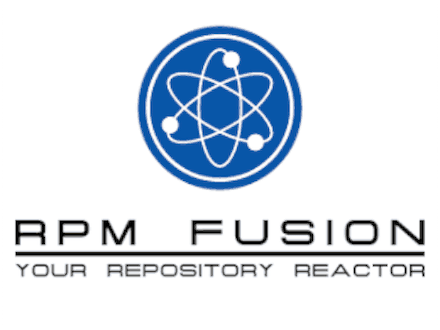How To Install RPM Fusion on Fedora 40

In this tutorial, we will show you how to install RPM Fusion on Fedora 40. RPM Fusion is a third-party repository that complements the official Fedora repositories by providing additional software packages that cannot be included in Fedora due to licensing or other restrictions. It consists of two main repositories: Free and Nonfree. The Free repository contains open-source software that is compatible with Fedora’s licensing guidelines, while the non-free repository includes proprietary software and drivers.
RPM Fusion has a rich history, dating back to the merger of several third-party repositories in 2009. Since then, it has become a trusted source for Fedora users seeking to expand their system’s capabilities beyond the default software selection. The repository is maintained by a dedicated community of volunteers who ensure that the packages are up-to-date and compatible with the latest Fedora releases.
This article assumes you have at least basic knowledge of Linux, know how to use the shell, and most importantly, you host your site on your own VPS. The installation is quite simple and assumes you are running in the root account, if not you may need to add ‘sudo‘ to the commands to get root privileges. I will show you the step-by-step installation of the RPM Fusion on Fedora 40.
Prerequisites
Before we dive into the installation process, ensure that you have the following prerequisites in place:
- A server running one of the following operating systems: Fedora 40.
- It’s recommended that you use a fresh OS install to prevent any potential issues.
- You will need access to the terminal to execute commands. Fedora provides the Terminal application for this purpose. It can be found in your Applications menu.
- A stable internet connection to download the necessary packages.
- A non-root sudo user or access to the root user. We recommend acting as a non-root sudo user, however, as you can harm your system if you’re not careful when acting as the root.
Install RPM Fusion on Fedora 40
Step 1. Update the System.
Before proceeding with the installation, it’s recommended to update your Fedora 40 system to the latest packages and security patches. Open the terminal and run the following command:
sudo dnf clean all sudo dnf update
This command will update your system with the latest available packages, ensuring a smooth and compatible installation process.
Step 2. Installing RPM Fusion on Fedora 40.
To install the RPM Fusion Free repository, run the following command in the terminal:
sudo dnf install https://download1.rpmfusion.org/free/fedora/rpmfusion-free-release-$(rpm -E %fedora).noarch.rpm
This command downloads and installs the RPM Fusion Free repository configuration files and GPG keys necessary for securely accessing the repository.
Next, install the RPM Fusion Nonfree repository by executing the following command:
sudo dnf install https://download1.rpmfusion.org/nonfree/fedora/rpmfusion-nonfree-release-$(rpm -E %fedora).noarch.rpm
Similar to the Free repository, this command sets up the necessary files and keys for the Nonfree repository.
To verify that the RPM Fusion repositories have been successfully installed, use the following command:
dnf repolist | grep rpmfusion
If the installation was successful, you should see the RPM Fusion Free and Nonfree repositories listed in the output.
Next, consider installing some key multimedia packages that are commonly used but not included in the default Fedora repositories. For example, you can install VLC media player and Steam using the following commands:
sudo dnf install vlc sudo dnf install steam
Lastly, to enable easy installation of RPM Fusion packages through graphical package managers like GNOME Software or KDE Discover set up the AppStream metadata:
sudo dnf groupupdate core
This command ensures that the metadata for RPM Fusion packages is available to your system’s software center, making it easier to discover and install applications.
Step 3. Troubleshooting Common Issues.
While the installation of RPM Fusion is generally straightforward, you may encounter some common issues. If you experience any errors during the installation process, double-check that you have entered the commands correctly and have a stable internet connection.
If the RPM Fusion repositories do not appear after installation, try running the dnf repolist command again to refresh the repository list. If the issue persists, you may need to manually verify that the repository configuration files are present in the /etc/yum.repos.d/ directory.
To maintain system stability when using third-party repositories like RPM Fusion, it’s crucial to regularly update your packages and be cautious when installing software from untrusted sources. Stick to well-known and reputable packages within the RPM Fusion repositories to minimize the risk of compatibility issues or security vulnerabilities.
Congratulations! You have successfully installed RPM Fusion. Thanks for using this tutorial for installing the RPM Fusion on your Fedora 40 system. For additional or useful information, we recommend you check the official RPM Fusion website.